Increased Demand for Safe-Haven Assets
The Debt Security Market Industry is currently experiencing a notable increase in demand for safe-haven assets. Investors are gravitating towards debt securities, particularly government bonds, as a means of preserving capital amidst economic uncertainties. This trend is underscored by the fact that, as of October 2025, the issuance of government bonds has surged, reflecting a broader shift in investor sentiment. The allure of fixed-income securities, which offer predictable returns, appears to be particularly appealing in volatile market conditions. Furthermore, the Debt Security Market Industry is witnessing a diversification of investor profiles, with institutional investors and retail clients alike seeking refuge in these instruments. This heightened demand is likely to drive prices up, thereby influencing yields and overall market dynamics.
Regulatory Changes Impacting Market Dynamics
The Debt Security Market Industry is currently navigating a landscape marked by evolving regulatory changes. Governments and regulatory bodies are implementing new frameworks aimed at enhancing market stability and investor protection. These changes may include stricter reporting requirements and increased transparency measures, which could influence the behavior of market participants. As of October 2025, the Debt Security Market Industry is adapting to these regulations, which may lead to a consolidation of smaller players and a shift in market share towards larger, more compliant institutions. While these regulatory developments may pose challenges, they also present opportunities for innovation and improved market practices. The ongoing adjustments in the regulatory environment are likely to have a profound impact on the future structure and dynamics of the Debt Security Market Industry.
Rising Interest Rates and Yield Opportunities
The Debt Security Market Industry is currently influenced by the rising interest rates, which are creating new yield opportunities for investors. As central banks adjust monetary policies to combat inflation, the yields on newly issued debt securities are becoming more attractive. This shift is prompting investors to reassess their portfolios, with many reallocating funds towards bonds that offer higher returns. The current environment suggests that the Debt Security Market Industry may see an influx of capital as investors seek to capitalize on these favorable yield conditions. Additionally, the competition among issuers to attract investors could lead to innovative debt products, further enriching the market landscape. This dynamic interplay between interest rates and investor behavior is likely to shape the future trajectory of the Debt Security Market Industry.
Technological Advancements in Trading Platforms
The Debt Security Market Industry is undergoing a transformation driven by technological advancements in trading platforms. The integration of sophisticated algorithms and artificial intelligence is enhancing the efficiency of trading processes, allowing for quicker execution and better pricing of debt securities. As of October 2025, many market participants are leveraging these technologies to gain a competitive edge, which is likely to increase liquidity in the Debt Security Market Industry. Furthermore, the rise of electronic trading platforms is democratizing access to debt securities, enabling a broader range of investors to participate. This technological evolution not only streamlines operations but also fosters transparency, which is essential for building investor confidence in the Debt Security Market Industry.
Evolving Investor Preferences Towards ESG Criteria
The Debt Security Market Industry is witnessing a shift in investor preferences towards Environmental, Social, and Governance (ESG) criteria. As awareness of sustainability issues grows, investors are increasingly seeking debt securities that align with their values. This trend is reflected in the rising issuance of green bonds and other sustainable debt instruments, which are designed to fund projects with positive environmental impacts. As of October 2025, the market for ESG-compliant debt securities is expanding, indicating a potential long-term shift in investment strategies. The Debt Security Market Industry is likely to adapt to these changing preferences, with issuers responding by developing more sustainable offerings. This evolution could reshape the competitive landscape, as investors prioritize ethical considerations alongside financial returns.
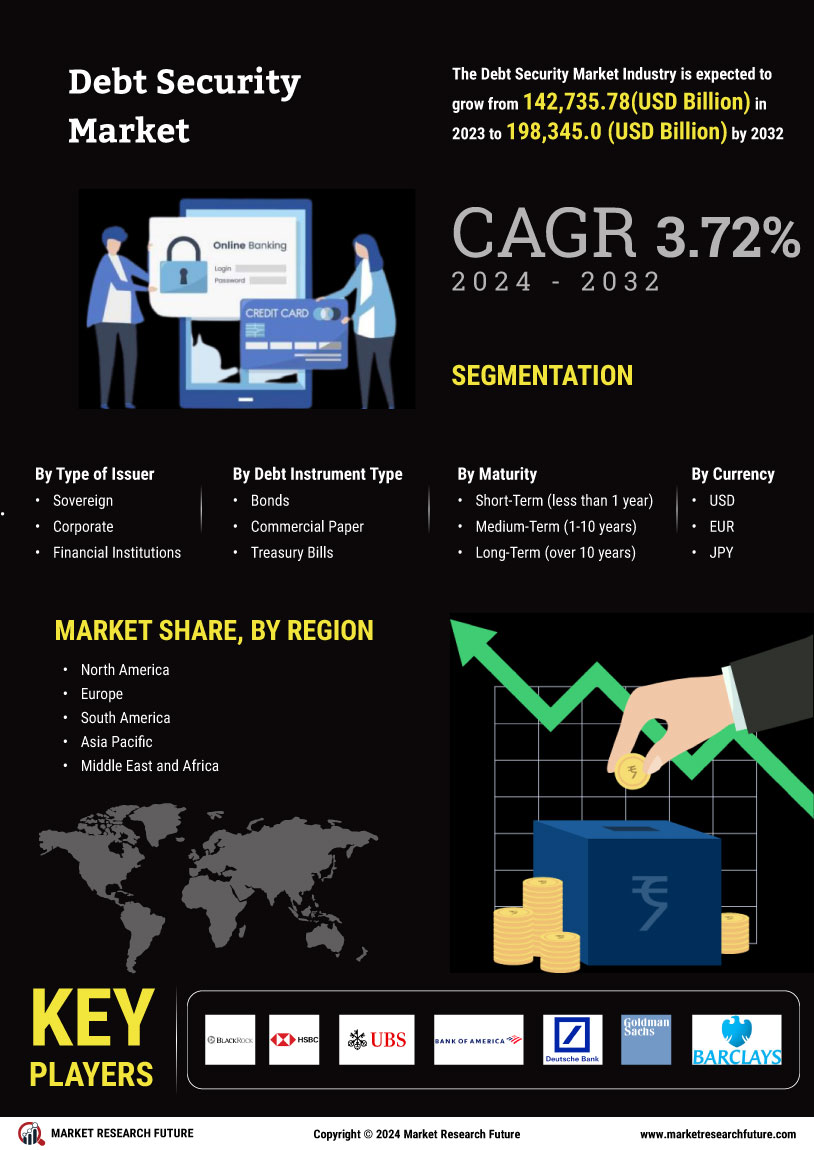

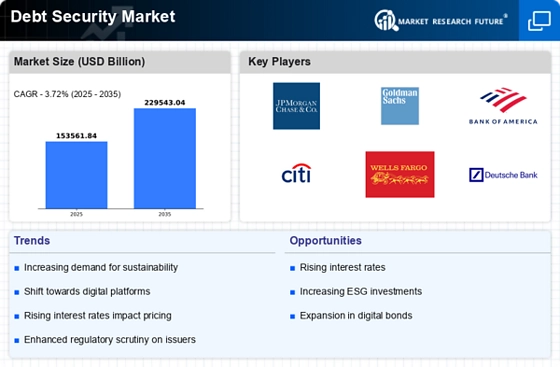
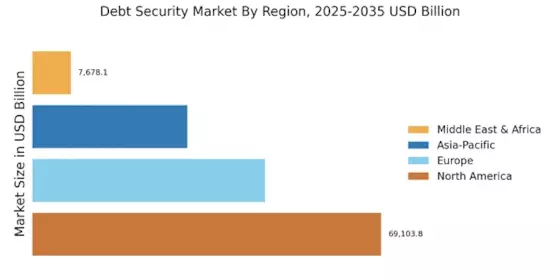
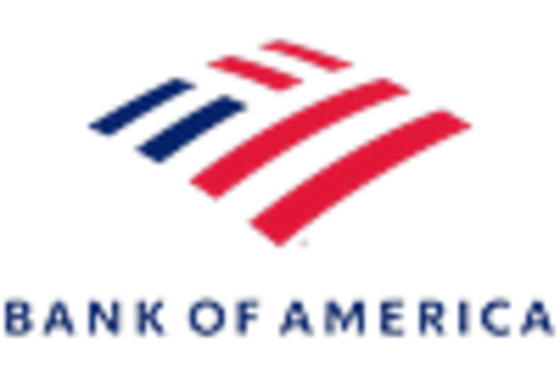
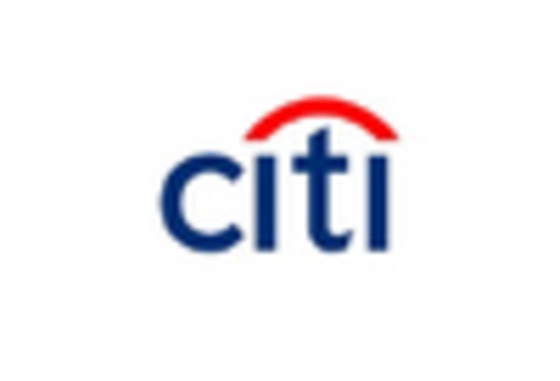
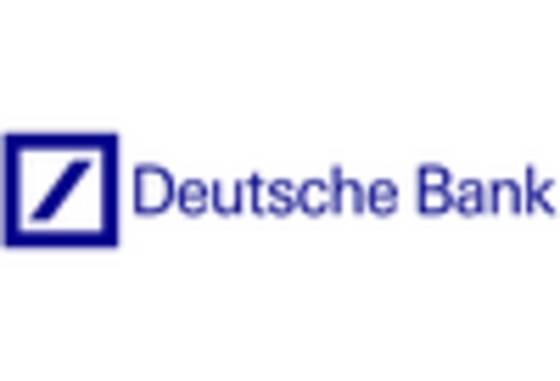
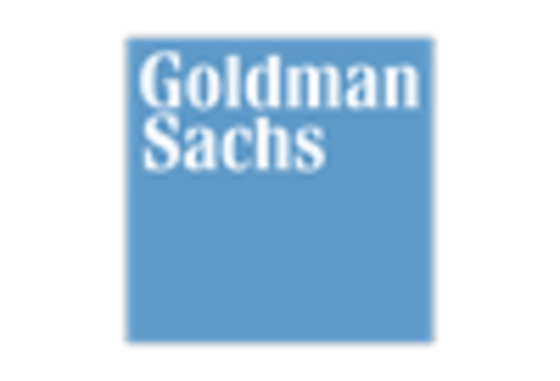
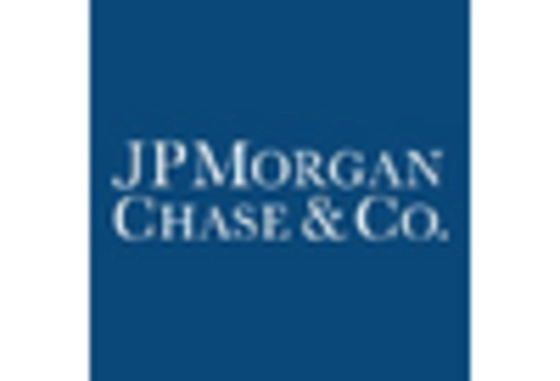
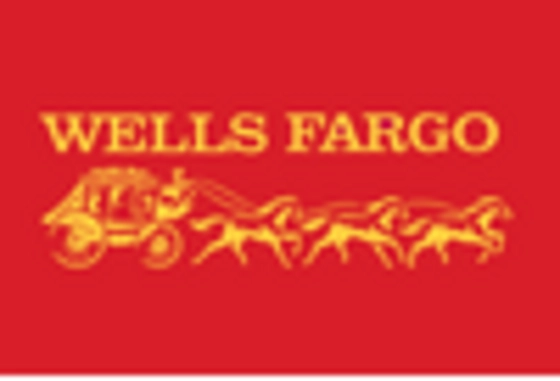








Leave a Comment